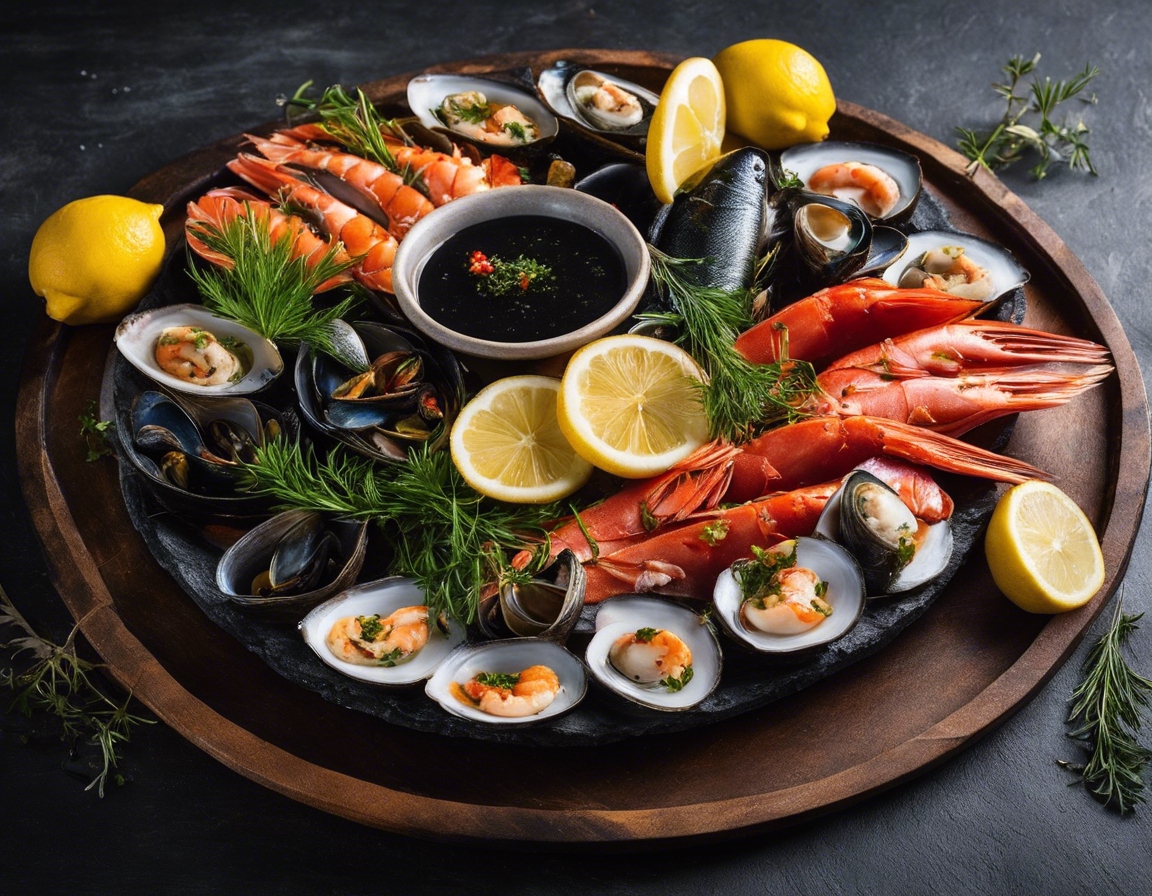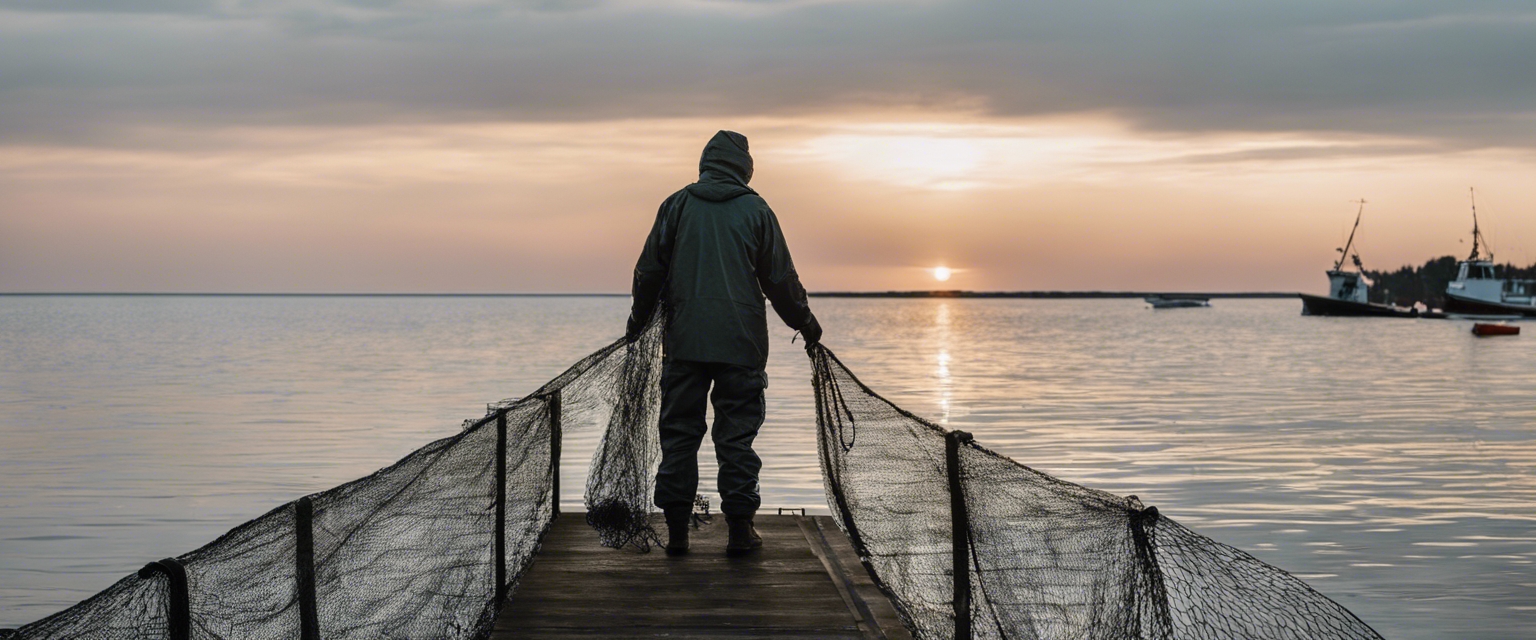Sustainable fishing: preserving our marine ecosystems
As the demand for seafood continues to grow, the need for sustainable fishing practices becomes increasingly critical. Sustainable fishing is about balancing the need for fishing today with the need to preserve marine ecosystems for future generations. It involves a holistic approach that considers the long-term vitality of marine life and the communities that depend on it.
Sustainable fishing is defined by practices that maintain or improve the population of fish stocks, minimize environmental impact, and ensure the economic viability of fishing communities. It's not just about the fish we catch, but how we catch them and the impact on the broader marine environment.
Marine ecosystems are complex and vital to the health of our planet. They provide essential services such as carbon sequestration, coastal protection, and they are the foundation of the marine food web. Preserving these ecosystems is not only an environmental imperative but also a necessity for human survival.
The Pillars of Sustainable Fishing Practices
One of the key aspects of sustainable fishing is the use of selective gear that targets specific species and sizes, reducing bycatch and minimizing damage to marine habitats. Techniques such as hook-and-line, handline, and traps are often considered more sustainable than some large-scale commercial methods.
Effective fish stock management is crucial for sustainability. This involves setting quotas, size limits, and seasons that are based on scientific assessments to ensure fish populations remain healthy and resilient.
MPAs are regions of the ocean where human activity is more strictly regulated to conserve biodiversity and replenish fish stocks. These areas can serve as safe havens for marine life and contribute to the overall health of the ocean.
Eco-labeling initiatives like the Marine Stewardship Council (MSC) provide consumers with the information they need to make informed choices about the seafood they purchase, encouraging the market to favor sustainable options.
Challenges Facing Sustainable Fishing
IUU fishing poses a significant threat to marine ecosystems and sustainable fisheries. It undermines conservation efforts and can lead to the depletion of fish stocks.
Climate change and the resulting ocean acidification have profound effects on marine life, altering habitats and affecting the distribution of fish species, which in turn impacts fishing practices.
Bycatch, the unintentional capture of non-target species, and habitat destruction from certain fishing methods are ongoing concerns in the quest for sustainable fishing.
Role of Technology in Sustainable Fishing
Technological advancements in fishing gear can help reduce bycatch and habitat impact, making fishing more efficient and less harmful to the environment.
Robust data collection and monitoring systems are essential for managing fish stocks and enforcing regulations. Technology plays a key role in gathering accurate and timely information.
Traceability systems ensure that seafood can be tracked from catch to consumer, promoting transparency and allowing for verification of sustainable practices.
How HIIU KALUR AS Upholds Sustainable Fishing
At HIIU KALUR AS, we are deeply committed to sustainable fishing practices. Our approach is rooted in a respect for the ocean and a responsibility to protect its resources for future generations.
We employ selective fishing methods, adhere to strict quotas and seasonal guidelines, and support the establishment and maintenance of MPAs. Our policies are designed to ensure the sustainability of the fish stocks we harvest and the health of the marine ecosystems we operate in.
Our dedication to sustainability is reinforced through partnerships with environmental organizations and compliance with international standards, as evidenced by our certifications. We believe that collaboration and third-party verification are key to maintaining the highest standards of sustainable fishing.






Comments (0)